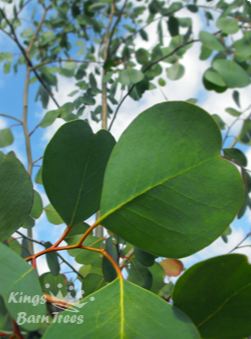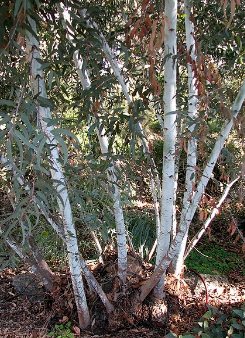Living Willow Information
Why Plant Willow?
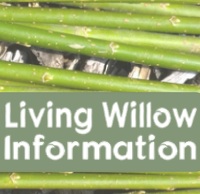
In recent years willow has been recognised an excellent plant for use as a quick, easy and cost effective hedge or screen. It is now used in gardens, farms and by landowners as simple hedging and screening of unsightly objects & views. It's even planted for use as windbreaks as the willow is tolerant of windy, exposed and even coastal conditions.
The ease in which these hedges can be planted means even the non-green fingered among us can create a willow hedge without difficulty. The willow rods are inserted into the ground where they take root and start to grow. No digging required!
The benefits to wildlife are also worth noting. Willow produces catkins very early in the year providing essential food for bees and insects. They also provide habitats for various birds and bees throughout the year.
Below are detailed information pages on the differrent ways willow is used, click on the area you're interested in for info on quantities needed, planting advice, aftercare and harvesting:
General Willow Planting Info
1. Living willow grows in most soils but avoid free draining soils as willow prefers ground that’s wet / moist.
2. Avoid planting living willow near building foundations or drainage pipes - at least 1.5 x the maximum intended hedge height away.
3. Plant willow at the right time of the year when the living willow is dormant— Beginning of December to March/April.
4. Plant the willow rods or whips as soon as you can after delivery at a depth of 25-30cm (10-12 inches).
5. Don’t plant if the ground is frozen.
6. Living willow grows much better without competition ! So clear existing vegetation for at least 0.25m from the hedge using Roundup or similar. For a more eco friendly method lay a mulch sheet along the line of the intended hedge to kill off the vegetation. It’s easier to lay the mulch mat if you mow the area beforehand.
 |
| How Much Willow Will I Need? Planning you Living Willow project |
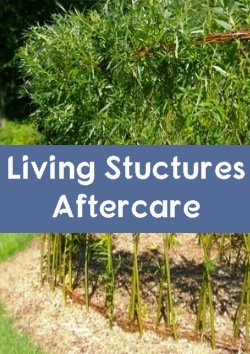 |
| Living Willow Structures Information & Aftercare |
 |
| About Salix viminalis Common Osier Willow |
 |
| Grow Your Own Firewood A general guide |
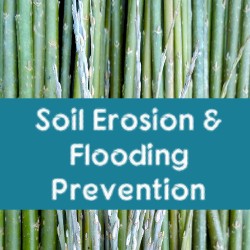 |
| Willow Planting Preventing Soil Erosion & Flooding Natural flood provention |




